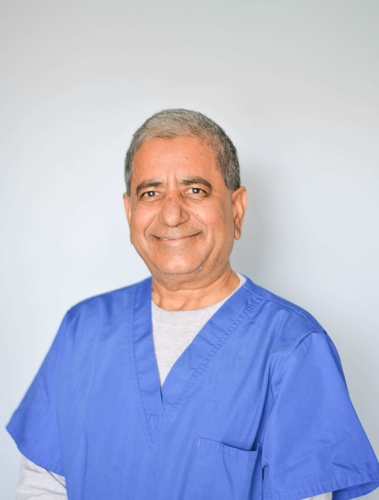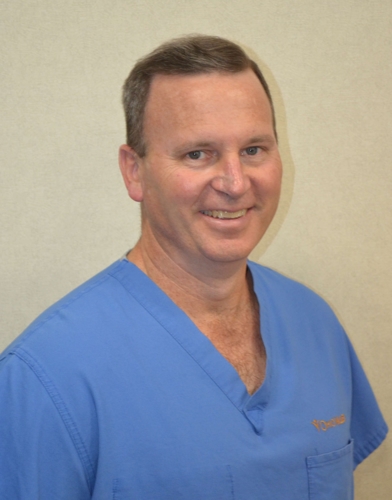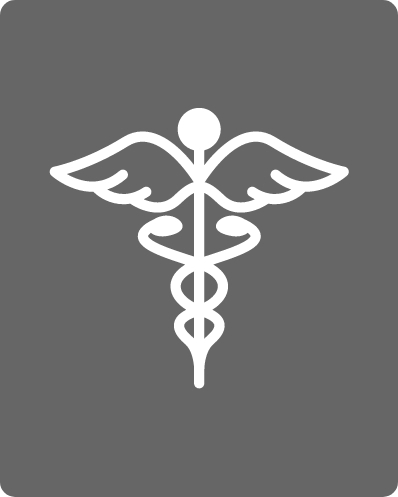
Swallowing Studies/Manometry
Esophageal manometry (“muh-NOM-uh-tree”) is a test that shows whether your esophagus, or the food pipe, is working properly. Manometry testing measures the strength and function of the muscles in your esophagus that work to push food and liquids from the mouth down to the stomach. Manometry testing is done without sedation.
Your doctor may order a manometry test if you have one or more of the following signs/symptoms:
- Trouble swallowing
- Cough
- Nausea after eating
- Esophageal reflux (stomach contents regurgitate or back up/reflux into the esophagus)
- Frequent heartburn
- Diseases that can impair normal esophagus function
What Happens During the Test?
A thin, flexible tube (catheter) containing sensors is passed through your nose, down your esophagus, and into your stomach during esophageal manometry. Professional medical staff will prepare you for the procedure by applying cream inside your nostrils to ease the passage of a flexible tube. You might experience some discomfort during insertion, but the tube doesn’t affect your breathing and only takes about a minute to place. The end of the tube that protrudes from the nose is attached to a machine that measures the test results. The tube is inserted while you are seated, but then you will lie reclined during the test and swallow small sips of water to measure swallowing movement through the esophagus.
The test takes about 25 minutes, and it is important to breathe slowly, remain still, and follow the nurse’s instructions. Results go to your doctor for further interpretation.
Learn more about what to expect from your visit.
After your manometry test is completed, you will be free to go home. If you are unable to keep your appointment or you are delayed, please contact Ohio Valley immediately at 937.521.3900





